Well over a year ago, I tried a green tea from a Russian tea garden that just . . . blew my mind.

The garden—according to the vendor, What-Cha—was called “the Host tea estate”. I corresponded with the company owner for some time, and he informed me that he could find no information on the garden. This wasn’t much of a surprise.
I’m not sure why, besides the obvious political reasons, but there appears to be a disconnect between English internet sources and Russian ones. Oh sure, if you Google what you’re looking for, you’ll find it—in Russian and in English. But you need to know exactly what it is you’re looking for.
Fast-forward to a few months ago, and I approached What-Cha again for the chance to try more teas from this particular garden. Owner Alistair complied, but again reiterated that there was no additional info on the garden he could provide.
So, I got to digging. On one such investigative session, I went about sipping a black tea put out by Host. 2014 harvest year.
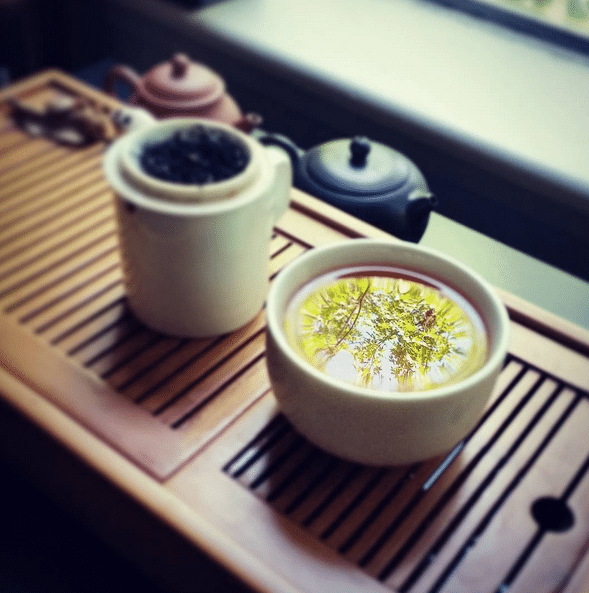
It was . . . really delicious, superbly floral. But even with a mouthful of goodness, I still turned up nothing. Shortly after, I gave up, and just went on to tasting the two teas I requested—an oolong and a yellow tea, respectively.
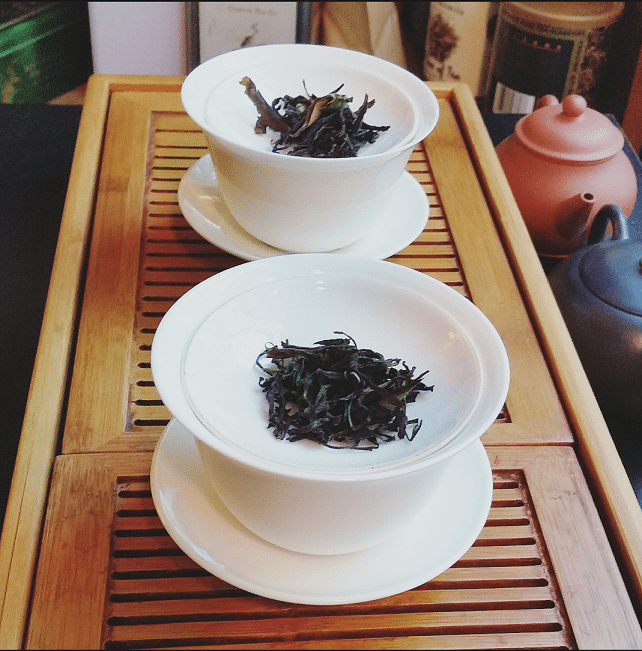
For brewing, I obeyed the What-Cha recommendations to the letter. Both teas called for a water temperature of 80C (roughly 176F), and I stuck to that. For the oolong, I went with the Western approach at three minutes; for the yellow, I went on the fair side of two minutes, per the instructions.
This was the wildest looking oolong I’d seen in a while. For the first time ever, I ran across leaves that looked like—what I’d think of as—“semi-oxidized” leaves.
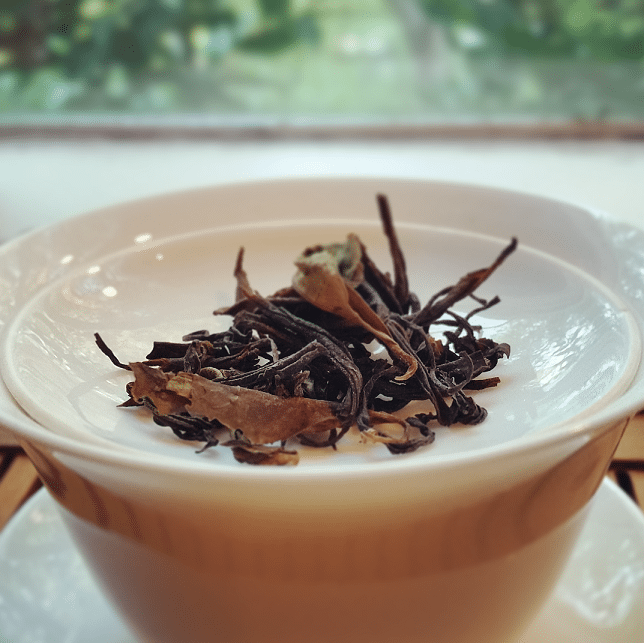
Brown, but not completely dead-brown. The leaves themselves were whole, very little cutting or tampering done to them—in appearance, anyway. That is, aside from the obvious rolling and drying. I couldn’t tell you if they were kill-greened or not, based on visuals, but the aroma seemed to indicate, “Hell yes!” This smelled like a low-altitude Chinese oolong—a Fujian one, to be precise. The aroma was fruity, a tad cliffy, chestnutty, and there was a presence of “roast” to the scent.
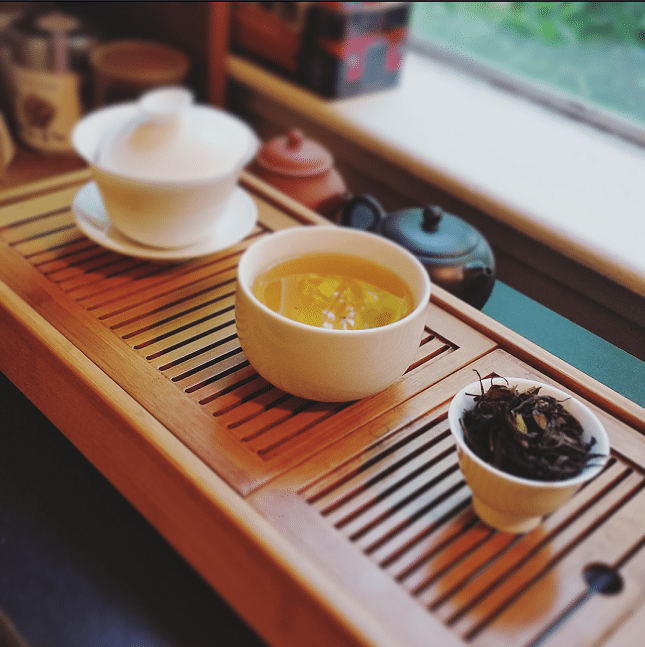
The liquor brewed to a nice ‘n soft, medium amber with a very spry aroma. It reminded me of tropical fruit on smell—mangos perhaps? Or just Hawaiian herbs, like ko’oko’alau; yeah, that fits. The same tropical feeling passed on to the flavor, delivering a really strong-yet-fruity taste that reminded me of . . . swimming in an ocean. Which is weird, considering nothing about Russia makes me think about swimming.
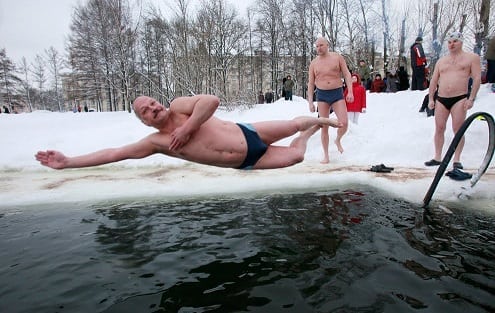
Well . . . almost nothing.
Yeah, that’s the final verdict. It was note-for-note like a few Hawaiian oolongs I’ve sipped. That’s just bizzare!
The yellow tea, on the other hand, was its own unique beast.
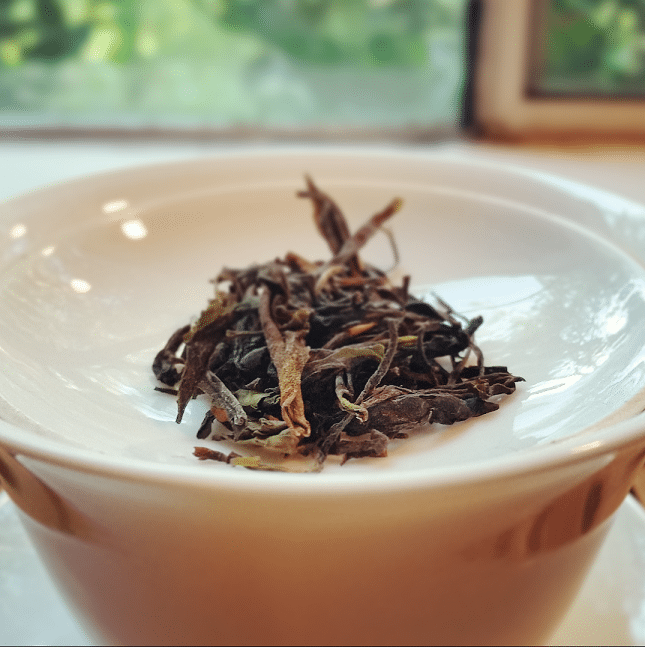
I had no idea what to make of it. Unlike any other tea dubbed “yellow tea”—save for a certain Korean creation—the leaves were dark green, bordering on brown. The scent was where things got really weird. There was a strong citrus bend to the fragrance, followed by a middling herbaceous trail-off. Honestly, it kind of reminded me of lemon verbena.
The liquor brewed deep yellow. No, not dark – deep.
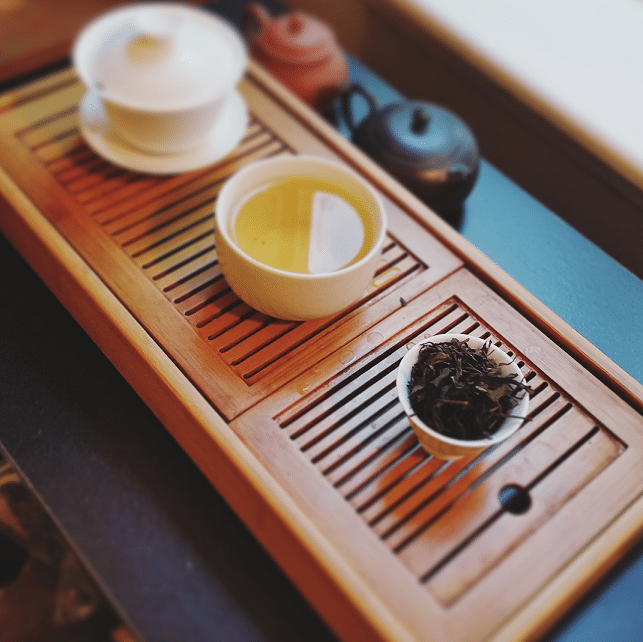
It was like the brew sucked up all the essence of “yellow” in the room in order to feed itself. By finished steep alone, this was definitely a yellow tea on palette. The aroma was also very Huangya-esque, imparting notes of sage, grass and citrus. As for the other “palate”, on taste . . . wow! It tasted like a yellow tea. Note for note. If I had to draw a comparison, I was reminded of Seven Cups’ Mo Gan Huang Ya or The Jasmine Pearl’s oddi-tea, Yellow Mu Dan. It had all the plusses of a green tea, none of the vegetal/spinachy/grassy minuses. Granted neither did Host’s own wild-looking green tea, but this even more so.
Which brings us to this week.
Originally, I had planned to blog about something else, and kick this mystery tea can further down the road. But then I got to digging again. It was around 10PM when I started. This time, I had the brilliant idea to start doing Google searches with Russian words. Not sure why I didn’t think of this sooner.
I tried every permutation, I could in Russian. I used: “Russian tea garden, Host”, “Host tea plantation”, “Russian oolong”, “Krasnodar oolong”, “Russian yellow tea” . . . and so on and so forth. Then a realization hit me; I was using the wrong Russian word for “Host”.
According to The Almighty Google, there were two separate words that translated as “Host”. One was “хозяин” (pronounced “khozyain”), which meant “manager” or “leader”. The other was “Хоста” (pronounced “khosta” or “hosta”), which referred to a specific microdistric as part of the greater Sochi area in Krasnodar krai.
So, I narrowed my search to “khosta tea” in Russian . . . and . . .

Jackpot! I found the garden’s website.
It had apparently been around since 1947, and it was called the “Khosta” tea garden because it hugged the border of the microdistrict of the same name. However, it was—at least administratively—a part of the Adler microdistrict of Greater Sochi. A place that was a . . . bit of a resort town.
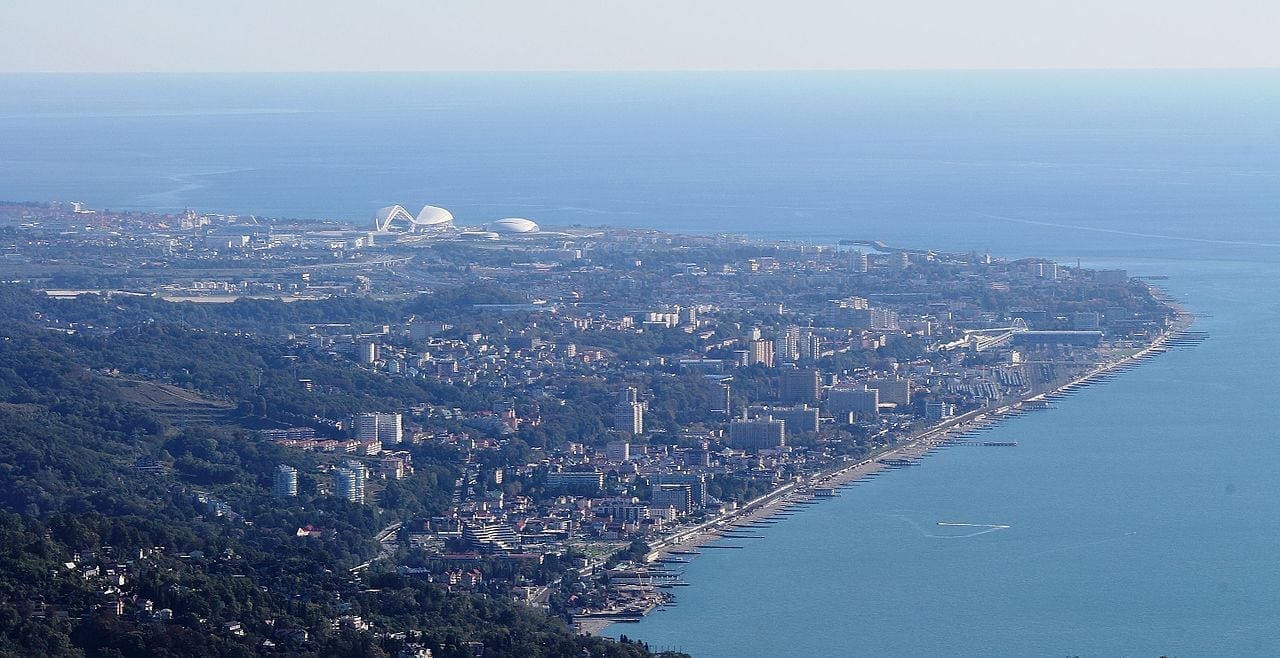
Seriously.
The garden was also parallel to the Black Sea, and was considered a “mid-altitude” garden. At least, according to its website. The fact that it was nestled in the Caucasian mountains gave it favorable subtropical conditions for growing tea.

Sure, the winters sometimes sucked . . . but that’s just Russia in general.
The garden even had a cute li’l tea house on property.
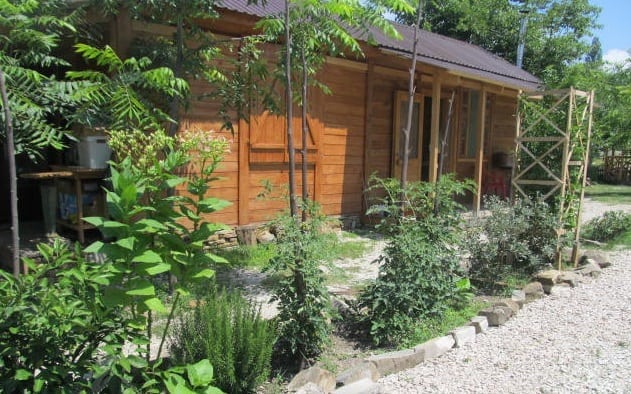
And for some reason . . . they sold oak barrels.

I kinda need to visit this place, now.
It just goes to show you where a little tasting and determination can take you.
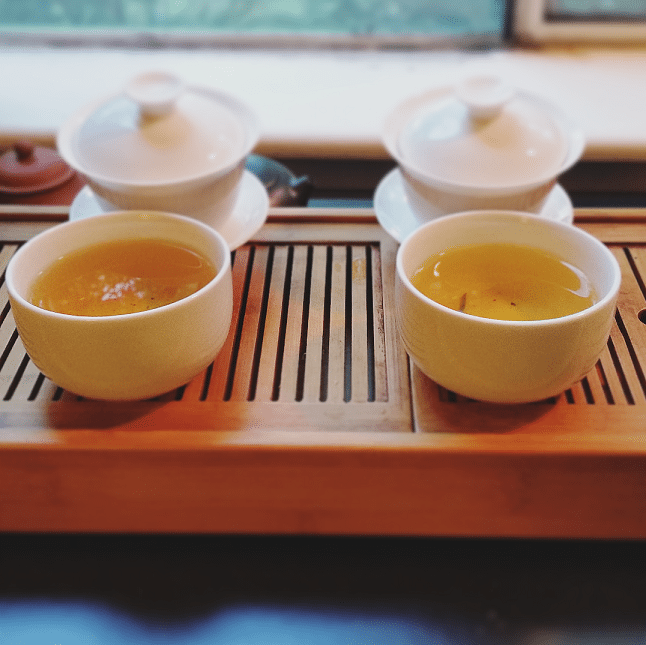
And people wonder why this is my main hobby.
To buy the Host Tea Estate Oolong, go HERE.
Unfortunately, all other Host products are sold out, except for samples of the black tea, which you can find HERE.
Leave a Reply